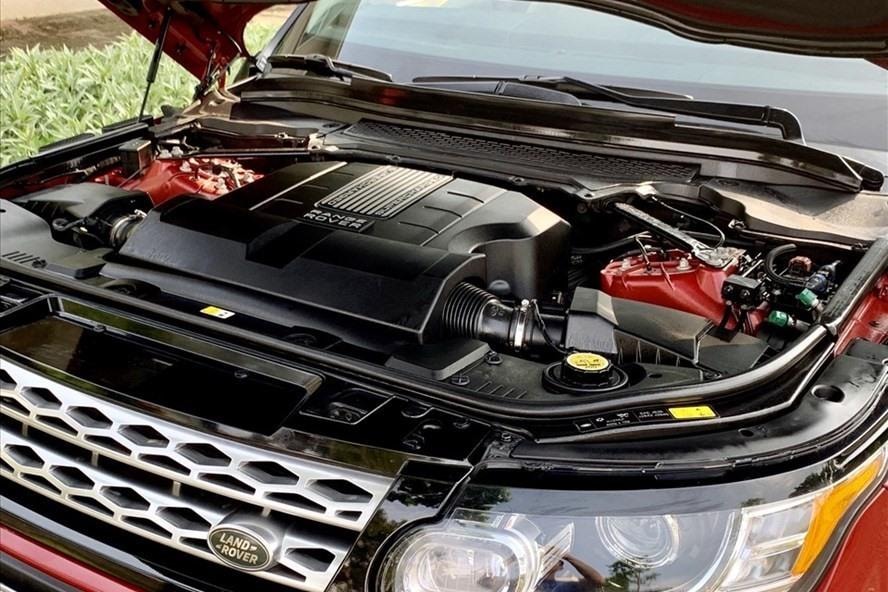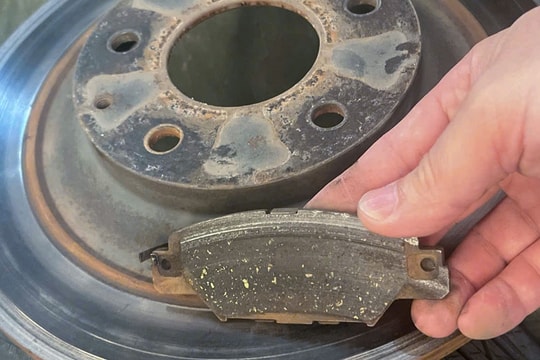Driving habits that can damage your car's engine and chassis
While driving a car, there are small habits or mistakes of the driver that can lead to damage to the engine and chassis of the car, causing the car owner to lose tens of millions, even hundreds of millions of dong.
 |
Some minor mistakes by the driver can lead to engine damage. Photo: Lam Anh. |
Brake burn, ABS sensor failure… due to handbrake
This is a common problem, especially for new drivers. There are two cases: forgetting to release the handbrake, or releasing it but not fully, causing the handbrake to still engage slightly.
On most cars today, the parking brake system (handbrake) uses disc or drum brakes, designed independently or combined with the main brake system, but all are still located in the rear brake assembly.
When the brake pads are still touching the drum or brake disc due to forgetting to release the handbrake or not releasing it completely, the large friction between the brake pads and the drum or brake disc will generate a lot of heat when the vehicle is running, causing the brake pads to burn.
In addition, the hot seals and grease on the hub bearings will melt and cause damage very quickly. The ABS (anti-lock braking) sensor mounted on the brake assembly can also be damaged, and boiling brake fluid can also reduce the effectiveness of the brakes.
Engine overhaul due to missed oil change schedule
Typically, many manufacturers' vehicle owner's manuals recommend changing the engine oil after approximately 5,000km or 10,000km (depending on the type of oil) which equates to 3 months or 6 months, whichever comes first.
However, if the oil in the engine is degraded and not replaced in time, it can burn, turning into a viscous substance like mud, or even like soot. The burnt oil residue will stick to the machine parts, causing the machine to seize, and most dangerously, stick to the oil piston rings, causing the piston rings to jam, the combustion chamber to leak, the engine to have oil smoke and in severe cases, it cannot operate.
Engine failure due to fuel misuse
In the current market, some car models have both petrol and diesel versions. Therefore, car owners need to remind the staff at the gas station about the fuel they need. If you put the wrong oil into the gasoline, depending on the amount of gasoline left in the tank, whether the car can run or not depends on the amount of gasoline left. If there is a lot of gasoline left but little oil is added, the car can still start but will not run well, but if too much oil is added, the car will not start or will start but gradually lose power and then die.
On the contrary, if you put the wrong gasoline into a diesel engine, depending on the amount of gasoline poured in, it can cause serious or minor damage if you start the engine. If the amount of gasoline poured in is small, the engine will detonate and make a knocking sound when starting, and if the amount of gasoline is too much, there are cases where the piston will be damaged or even the engine block will break.
To prevent confusion, the driver can stick a decal of the fuel type for the vehicle at the mouth of the fuel tank if there are many people in the family using the vehicle. In case of a mistake, if immediately discovered, absolutely do not start the engine but call for rescue to take the vehicle to the garage and suck out the entire fuel mixture, at the same time clean the fuel supply system.


